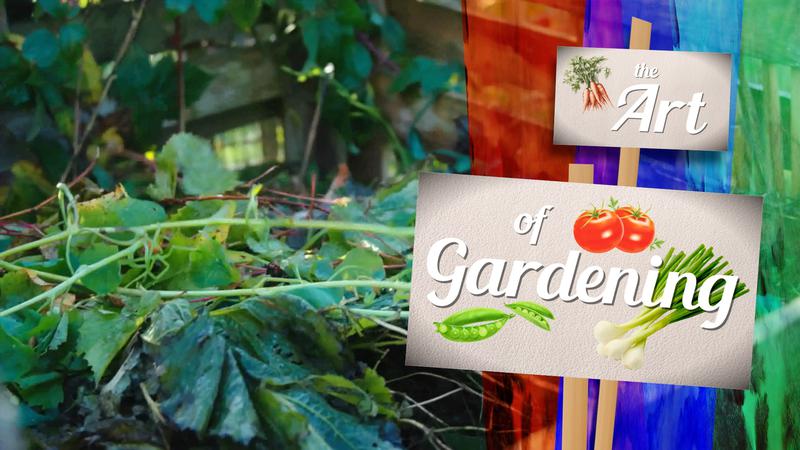
Archaeological work in Riverside Park digs for better understanding of Secwépemc cultural heritage
KAMLOOPS — Archaeology teams are getting a deeper look into Riverside Park this month, ahead of construction of the City of Kamloops flood protection project.
The park is situated right near the confluence of the North and South Thompson Rivers, and the area’s history points to it being a busy contact point between people. With that comes the potential for historical, potentially ancient discoveries.
Tk’emlúps te Secwépemc and the City of Kamloops are working together to make sure items of cultural and historial significant to the land and its people aren’t disturbed or destroyed. An archaeological impact assessment is underway along the South Thompson River as part of the upcoming Riverside Park Flood Protection Project.


